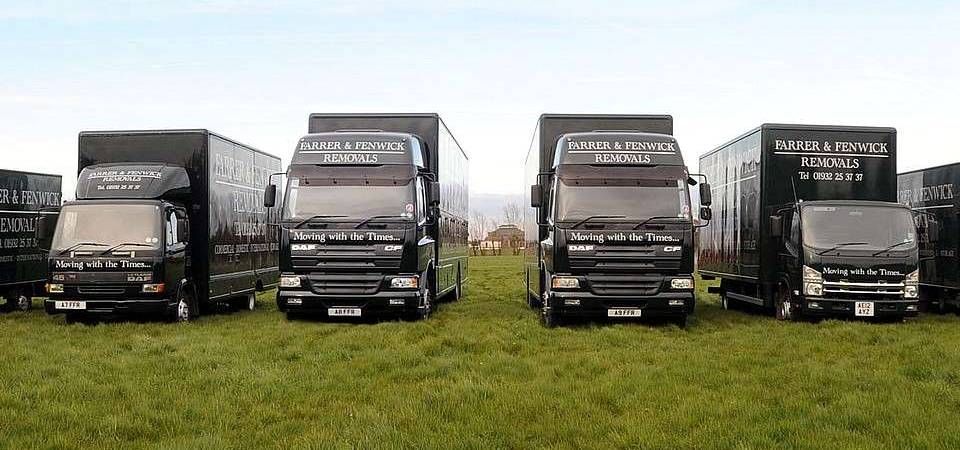You can see more about the people, places and events which created local history at exploring Surrey’s past, with aspects to interest all of us.
As a Weybridge removals company, we serve a diverse and fascinating community. In a town known for the type of building and views the video shows, yet with a longer period of history.
Stone implements provide evidence of people living, or hunting in the Weybridge area 14,000 years ago. Their replacement by copper, then bronze tools is also evident locally, the technology driving land clearance around 2000 BC.
The ability to grow more crops saw settlements increase in the Weybridge area. The start of an unbroken chain of residence, encouraged by the nearby River Thames.
Pre Modern Weybridge
Bronze weapons have been found in tributaries of the Thames, such as the River Wey. Once thought to be signs of local battles, they are as likely to be offerings.
A sign of the importance people placed on the locality and the waterways. Their power harnessed once again by Celtic newcomers around 700 BC, who brought the iron age revolution.
Part of a lifestyle which may not have changed too much for over a thousand years. Roman rule doubtless came to Weybridge in theory but there are no Roman roads, or major buildings.
As Rome withdrew after 400 AD, tribes of Angles and Saxons began to arrive. Surrey becoming part of the kingdom of Wessex, ruled by the Saxon King Alfred.
This period saw Elmbridge, Weybridge's borough, appear as an area of governance. Still benefiting from the vicinity of the Thames, although this easy navigation also brought downsides.
No better way to invade the land and plunder, as the Vikings did off and on from the beginning of the 9th Century. Peace and war came and went over a long period but with a degree of continuity.
Chertsey Abbey was founded in 674 AD and the monks supported Weybridge for many centuries. Such as looking after the bridge over the River Wey and building a church there for travelers.
Their building saw changes and important Norman additions, part of yet another new occupation. Even so, their simple chapel endured for over a thousand years, until complete replacement in 1848.
Increased Development
Two notable houses dominated Weybridge from the Norman period. The manor house at Oatlands built in 1478 was the last and best known version, before being co-opted by Henry V111.
He built Oatlands Palace in it's place around 1538, part of significant local change to the landscape. Vestiges of this still exist, such as in the video above, showing the remains of Oatlands Park.
Royal power would not however remain dominant. Parliament claimed Oatlands Palace towards the end of the civil war, before demolishing the building and putting the bricks to a different purpose.
They were used to line the Wey Navigation. A 20 mile stretch of managed waterway opened in 1653, to carry barge loads of goods between Guildford and London, along with stops on route.
They included Weybridge, not a notable centre of key trades, from timber, coal and metalwork, to gunpowder production but nominally involved. A different technology would bring greater change.
The arrival of the railway in the mid nineteenth century transformed the Weybridge area. Large estates were broken up, to allow housing to be built for the growing business and middle classes.
St George's Hill is well known, a former Celtic hill fort transformed into luxury homes by W. G. Tarrant. Pre dated by Brooklands House, originally built in 1861 and renowned for the later race track.
The burgeoning town which followed deserves more, as do the people living there. As a Weybridge removals company, our potted history is simply a back drop, although we hope this helps you to look deeper.


